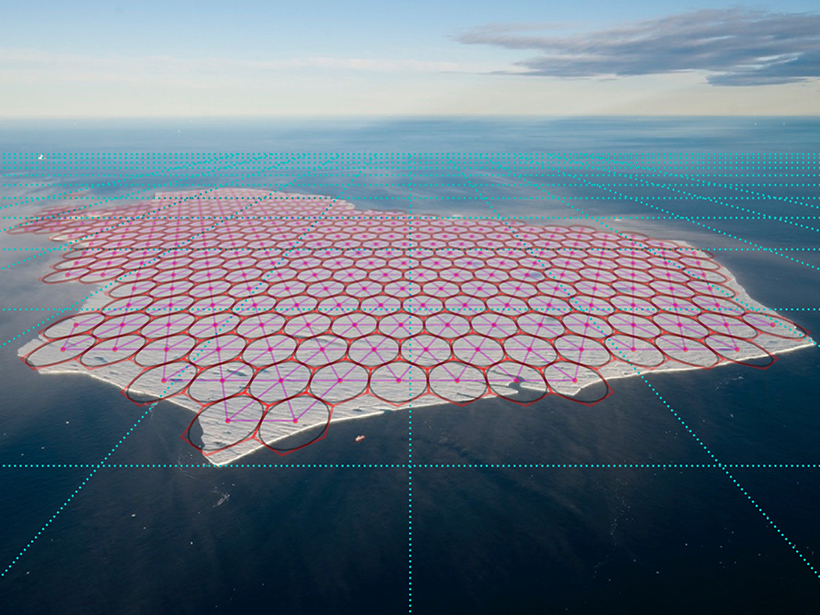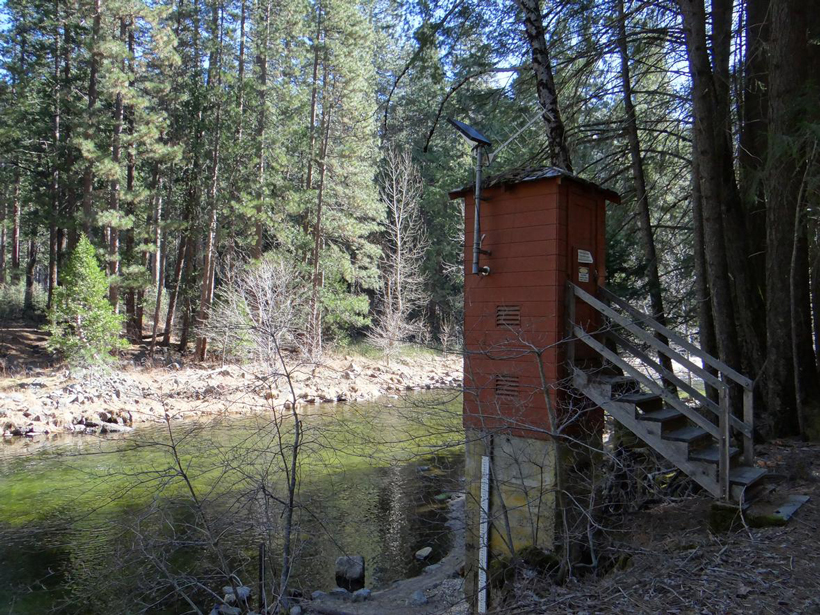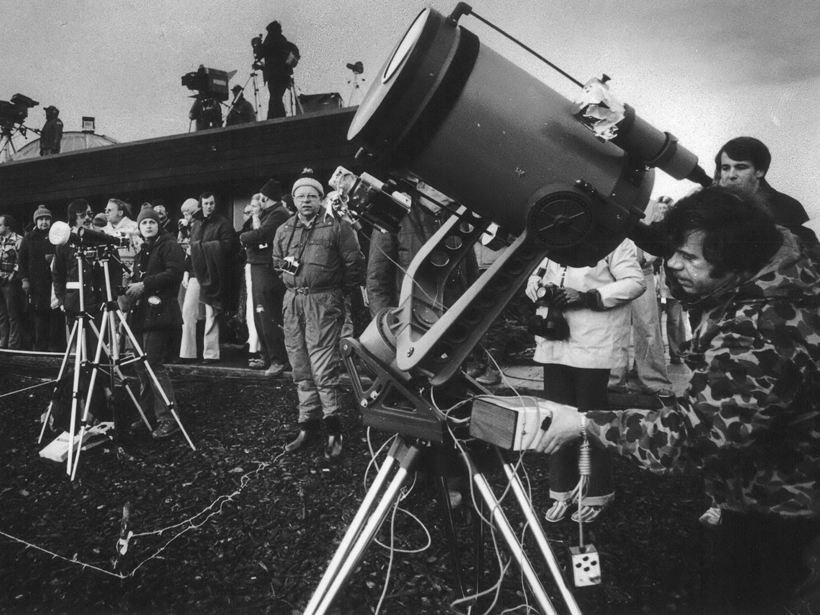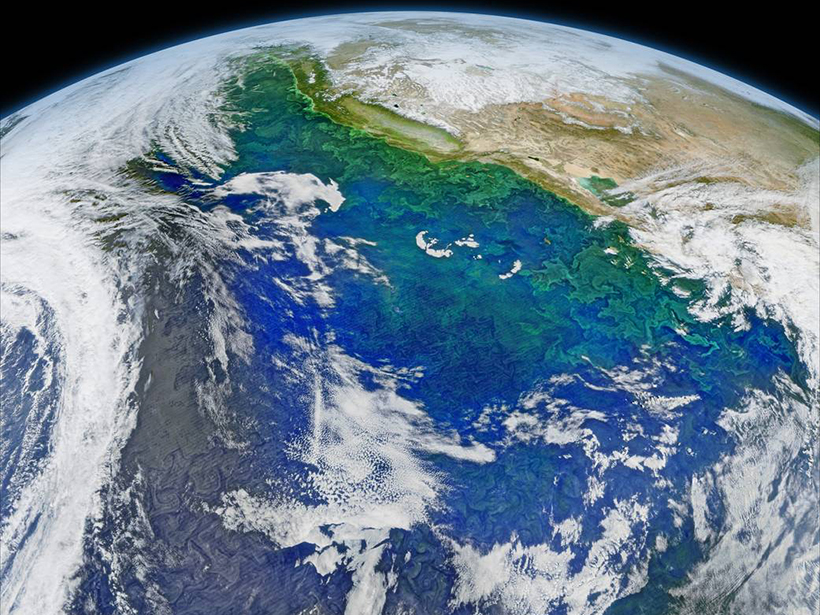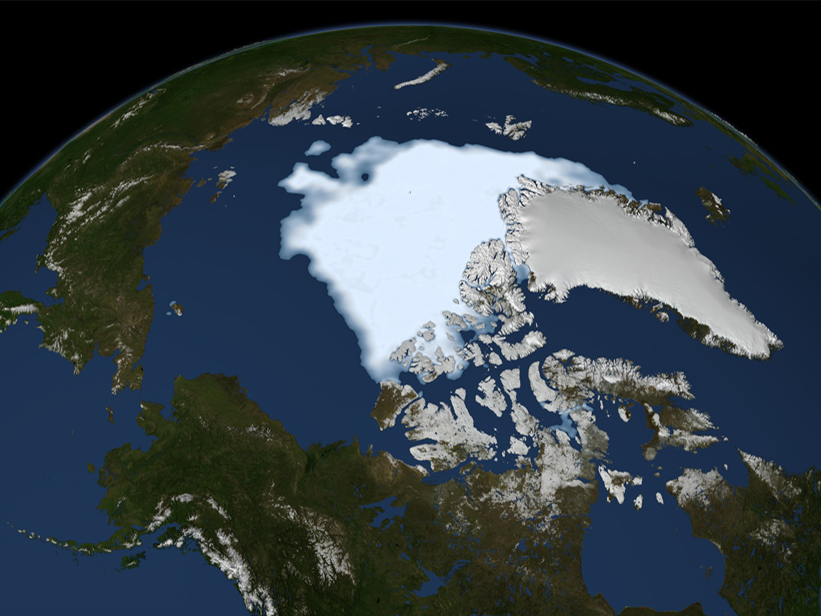New computer models capture the movement of the strongest auroral storms as they sweep across Earth at night, challenging scientists’ views of what drives them.
CC BY-NC-ND 2017
How to Find an Iceberg’s Breaking Point
Researchers develop a mathematical method of modeling tabular icebergs, like the one that broke away from an Antarctic ice shelf earlier this year.
Improving Water Resources Management from the Ground Up
The key to sustainable water resources management isn’t satellite technology yet—it’s a new spin on time-tested rain and stream gauges.
A Closer Look at an Undersea Source of Alaskan Earthquakes
A systematic survey offers a striking portrait of movement along a 500-kilometer-long undersea section of the Queen Charlotte–Fairweather fault off the coast of southeastern Alaska.
Small Towns Brace for Historic Eclipse Crowds
Some towns have known for a decade to prepare; others learned as little as a year ago about the event and what it might bring to their locale.
Gearing Up for Fall Semester
Geoscience professors explain how they use their summertime to get ready for teaching, researching, and mentoring when the school year begins again.
Greenland Fires Ignite Climate Change Fears
The fires are stoking worries about the vast island’s thawing permafrost.
Powerful Pacific Forces Disrupt the California Current
Scientists create a 66-year data record to shed light on the role of El Niño in the California Current System’s shifting temperatures.
New Baseline for Understanding Arctic Oxygen and Nutrient Fluxes
Significant spatial and temporal patterns emerge from the first pan-Arctic comparison of oxygen demand in marine sediments.
NSF Grant: AGU and Partners Aim at Gender Issues in Geosciences
Funding through July 2021 supports a project in the Earth, space, and environmental sciences to promote gender equity and train scientists to recognize and counteract sexual harassment.


